Wes Anderson’s new film is full of elements that slow down his performance and hinder production efforts.
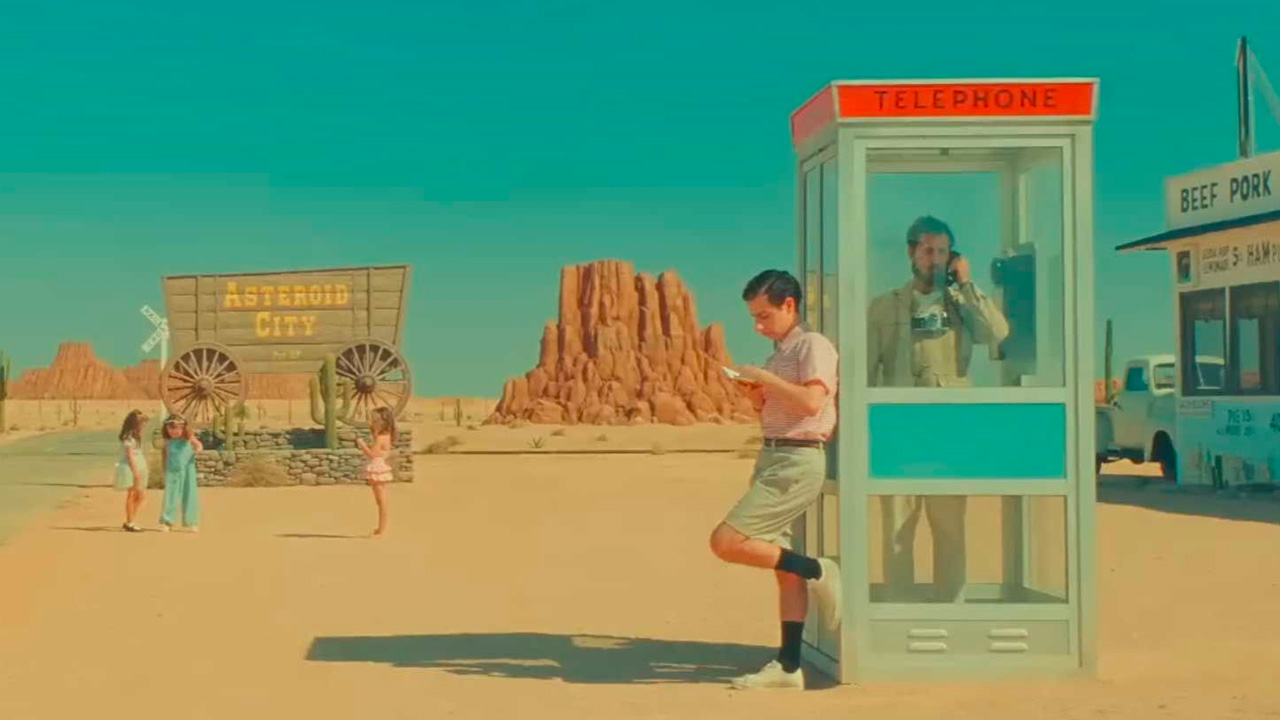
Cinema Wes Anderson it has always been recognizable. A signature that has become over the years a distinctive element of what has become a precious author in terms of storytelling and the very image itself for modern cinema. Falling into purely subjective tastes about how much his cinema may be liked and how much it may not be appreciated is not our main interest: to reinforce what is his authorship, he found a stylistic code capable of distinguishing himself from modern cinema. and asking why and how his films are part of our mission. Asteroid City, which arrives in Italy a few months late Compared to the US box office, as well as what took place at this year’s Cannes Film Festival, it meets many of Wes Anderson’s cinematic needs, perhaps not positioning itself as one of his best films, but returning us to that typical viewing pleasure. director’s film.
Close Encounters in the Fifties
1955, Asteroid City is an American city where young scientists gather, ready to change the fate of mankind with the help of surreal experiments and ideas bordering on the paranormal. During their stop at this place isolated from the rest of the world and almost like not a place, all the visitors who came there to accompany their children to participate in the festival to choose the best experiment, witness a close encounter with an alien. Following this, quarantine was officially declared in Asteroid City, during which none of the guests will be able to go outside and spread information about what happened. Meanwhile, all the newcomers have to deal with their ugliness, their soul mutilation, and the events that cause it: Schwartzman and his apathetic character experience the discomfort of his wife’s death, a story hidden from his four children, the main characters of the comic line. suggested by the film itself; Meanwhile, every parent has to contend with the absurdity of their heirs’ attitude between those who live in perpetual challenges and those who yearn for interplanetary success in just ten years.
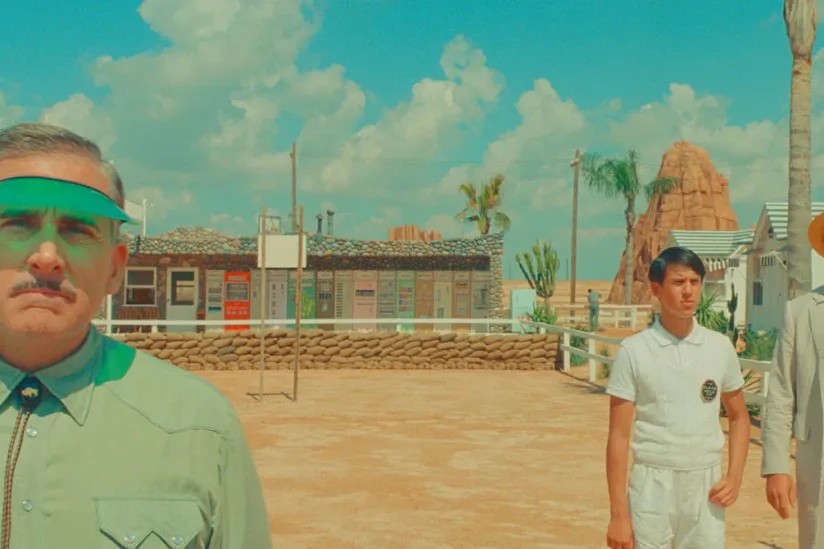
Wes Anderson’s narrative is more like an excuse to be able to talk about vertical plots which lean almost crudely on what is the main story. On the other hand, the Andersons’ characters are like this: they live inside bubbles that are almost unaffected by what’s going on around them. For this reason, an entire cast that is truly exceptional on paper ends up being locked in a cage with characters that may not be up to their acting needs at times. Asteroid City, on the other hand, can be defined as the big catwalk that starts with Scarlett Johansson and ends with Tom Hanks, reaching Bryan Cranston and Adrien Brody. In addition to the first, in which he plays the role of a femme fatale, the rest get a little boring a sequence of events told with that apathetic patina that characterizes all Anderson’s typical events. The very presence of Margot Robbie becomes almost completely incomprehensible.
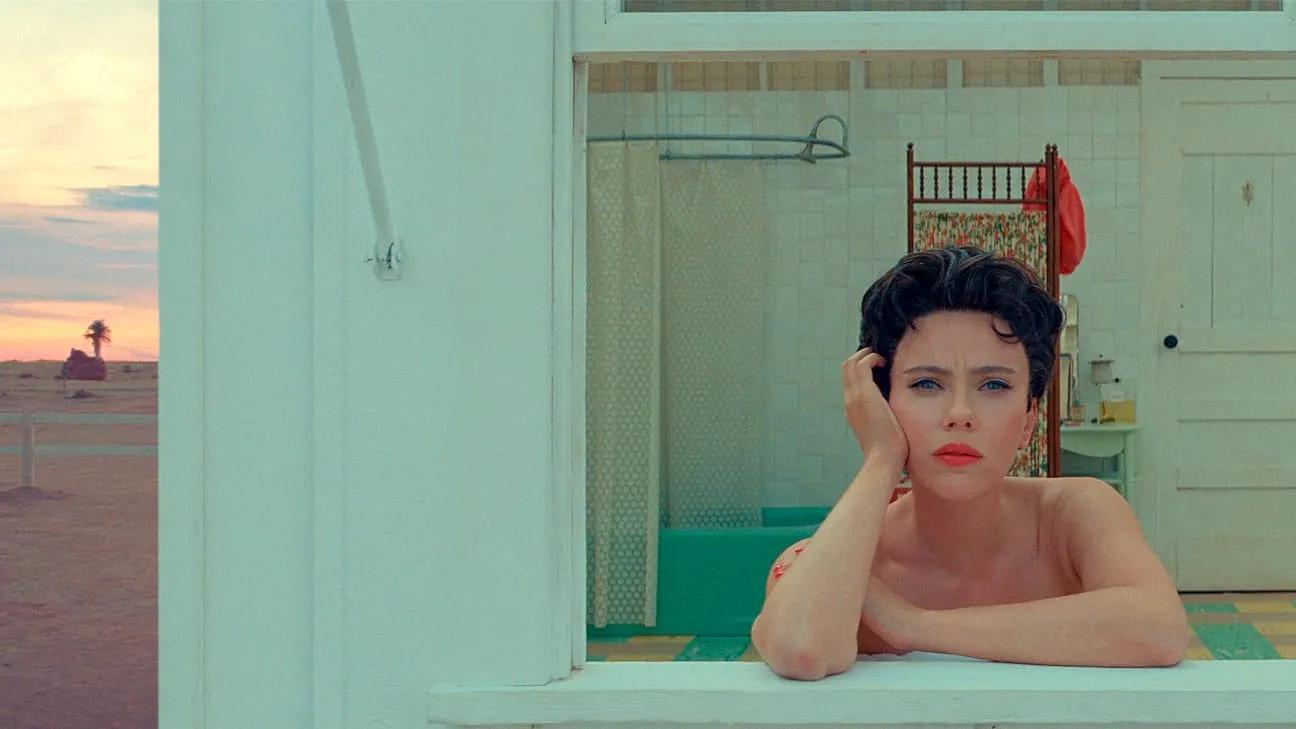
If we wanted to compare “Asteroid City” with previous Wes Anderson films to understand what is missing in the whole story, we would immediately say that The Grand Budapest Hotel also had a narrative taste. The important thing is that we were able to tell a story that had turning points that could awaken our passion for this story. Asteroid City, on the other hand, in addition to being cleverly constructed as if it wanted to imply a courtly message entrusted to a two-stage performance that Anderson also plays with different directorial tones, lacks that narrative center capable of influencing and enthralling us.
Brainwave comes and goes
From Bryan Cranston’s narration in most of the theater scenes, Anderson’s need to try say something that is not in his ropes, one who has made the stage and visual aspect his forte: an element that, among other things, is sufficiently confirmed by Asteroid City, pleasing to the eye and taste, in line with that stylistic code that we talked about a while ago. vice versa. The colors are always very bright, with very high saturation, just to keep it true to this photo, which has always been a trademark. Moreover, it is this intertwining of two different timelines, as if telling us that Asteroid City is nothing more than the story of the one who writes the story presented, Anderson loses something that is the great value of his film: tell surreal stories which, with these tight and functional dialogues at an always very fast pace, is entertaining as well as exhilarating. Tritely, we are almost neglecting the presence of a second narrative line, and it is hoped that it can be completed as soon as possible in order to leave more room for the main scene in Asteroid City.
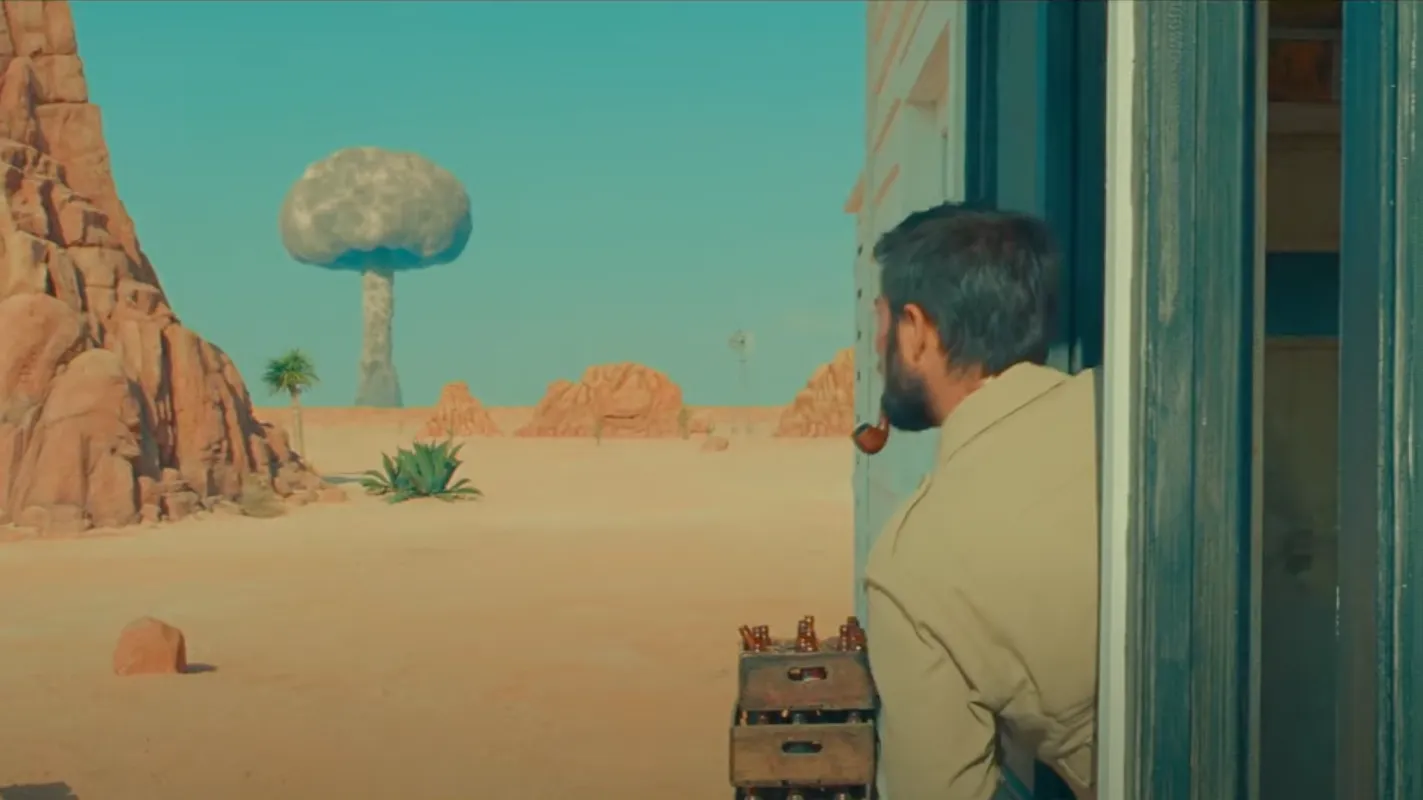
Returning to the visual aspect, the work done by the cinematographer Robert Yeoman makes it possible to restore what retro style that used to belong to 60s/70s TV: The whole phase of the competition seems to want to almost replicate a TV show, namely to organize an event that is really the brainchild of those 50s that Anderson wants to talk about. And, perhaps, the use of some special effects that, as it were, repeat the approximation characteristic of Ed Wood (the director, not the Tim Burton film), wants to emphasize this aspect: we are not only in a bygone era, but even in a meta-fairy tale, which there is no way to brag to those who know what budget to recreate the alien and his arrival on Earth. All content that finds its embodiment in the dialogue between Schwartzman, the undisputed protagonist of Asteroid City, and Adrien Brody, who plays Schubert Green: the actor tells him that he has not yet understood the meaning of the show, and the director invites you to continue telling the story, with on the other hand, it doesn’t matter that you didn’t understand it. And it’s the skill of writing his dialogue and screenplay based on puns, effects exchange, Steve Carell’s appearances that almost deserve admission that saves Asteroid City to the point of sufficiency.
65
asteroid city
Review by Mario Petillo
Asteroid City is a film peppered with elements that end up bewildering, perhaps even its own director. We do not reject this, because there is that unmistakable style of the author who, in writing his dialogues and in the composition of the frame, remains unique and capable of the quality that his signature shows everywhere. At the same time, however, the horizontal plot is empty, as is the alternation offered by the two timelines that attempt to create a non-functional meta-story for a story that is indeed at times pedantic. The catwalk itself is fickle and ends up producing a string of poorly used cameos, from Tom Hanks to Margot Robbie. We’ve seen Wes Anderson in the best of conditions, but fans looking to give him his hundredth time the pleasure of satisfying their tastes will find bread for their full teeth.
I TASTE
- Visually, it maintains Anderson’s stylistic code.
- True to the times, with excellent scenic reconstruction
FAILURE
- Inconsistent podium of actors and stars
- The double storyline is too weird
- Horizontal texture is out of competition

Futurama 11: Dune parody episode teaser
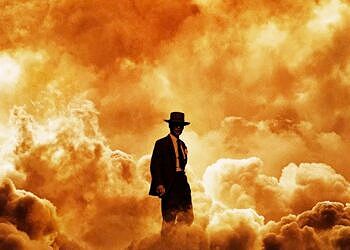
Oppenheimer is one of the ten highest-grossing R-rated films of all time.

5 shoujo manga episodes to start with
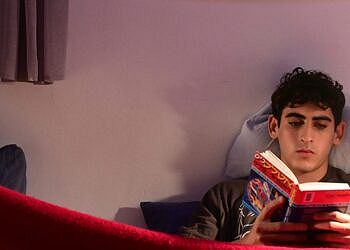
Your room: Matan Yair’s film in theaters from August 17

Teenage Mutant Ninja Turtles: Mutant Chaos, new video and behind the scenes of the cartoon
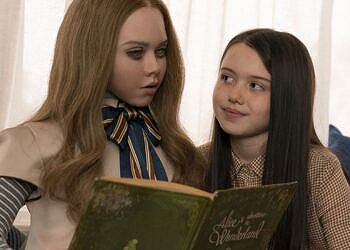
M3GAN: Sky Cinema airs tonight and NOW a hilarious horror movie
